How Good Is My Sound Card For Recording?
When it comes to recording audio, the quality of your sound card can make a significant difference. Whether you're a budding musician, a podcaster, or someone who needs to record high-quality audio for any reason, understanding the capabilities and limitations of your sound card is crucial. In this article, we will delve into the various aspects that determine how good your sound card is for recording, and provide practical advice on how to assess and potentially improve your setup.
Understanding Sound Cards
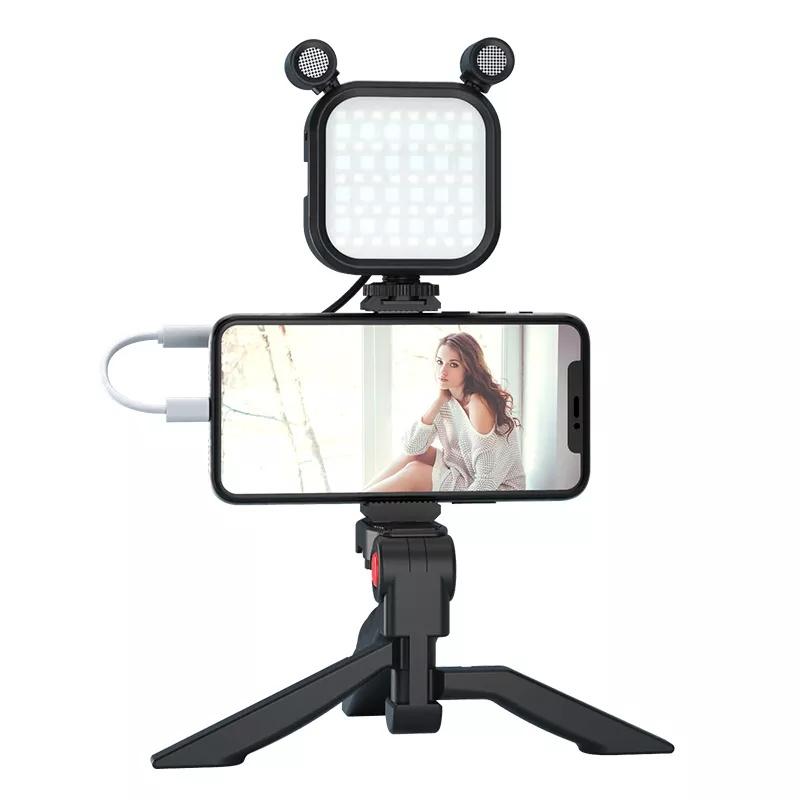
A sound card, also known as an audio interface, is a hardware component that manages the input and output of audio signals in a computer. It converts analog signals (like your voice or an instrument) into digital data that your computer can process, and vice versa. The quality of this conversion process is a key factor in determining the overall quality of your recordings.
Key Factors to Consider
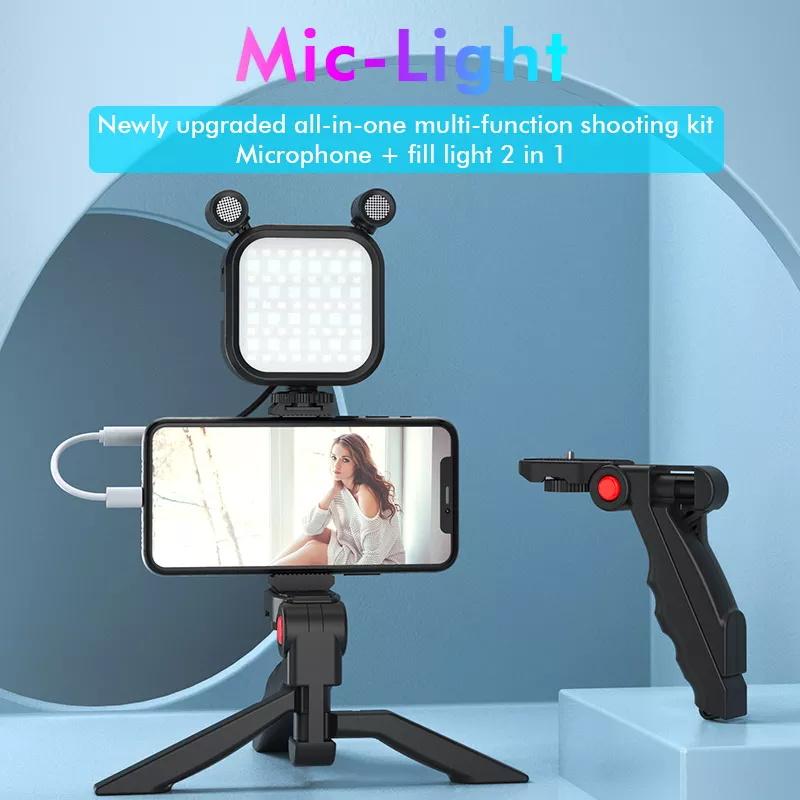
1. Bit Depth and Sample Rate
The bit depth and sample rate of your sound card are fundamental to the quality of your recordings. Bit depth refers to the number of bits used to represent each audio sample, while the sample rate is the number of samples taken per second. Higher bit depths and sample rates result in more accurate and detailed recordings.
- Bit Depth: Common bit depths are 16-bit, 24-bit, and 32-bit. For professional-quality recordings, a 24-bit depth is generally recommended as it offers a good balance between file size and audio quality.
- Sample Rate: Standard sample rates include 44.1 kHz, 48 kHz, and 96 kHz. A sample rate of 44.1 kHz is typically sufficient for most applications, but higher sample rates can capture more detail and are often used in professional settings.
2. Signal-to-Noise Ratio (SNR)
The signal-to-noise ratio measures the level of the desired signal compared to the level of background noise. A higher SNR indicates a cleaner, clearer recording. For high-quality recordings, look for a sound card with an SNR of at least 90 dB.
3. Latency
Latency is the delay between the input of an audio signal and its output. High latency can be problematic, especially when recording live performances or using real-time effects. A good sound card should have low latency, ideally under 10 milliseconds.
4. Connectivity Options
The types of inputs and outputs available on your sound card can affect its versatility and ease of use. Common connections include:
- XLR Inputs: Ideal for professional microphones.
- 1/4-inch (6.35mm) Inputs: Common for instruments like guitars.
- RCA Inputs/Outputs: Often used for connecting to consumer audio equipment.
- MIDI Ports: Useful for connecting electronic instruments and controllers.
5. Driver Support and Software Compatibility
A sound card is only as good as its drivers and software support. Ensure that your sound card is compatible with your operating system and any recording software you plan to use. Regular driver updates from the manufacturer can also help maintain performance and compatibility.
Assessing Your Current Sound Card

To determine how good your current sound card is for recording, you can start by checking its specifications against the factors mentioned above. Here are some steps you can take:
1. Check the Manufacturer’s Specifications: Look up the bit depth, sample rate, SNR, and latency of your sound card. This information is usually available on the manufacturer’s website or in the product manual.
2. Test the Latency: Use audio recording software to measure the latency of your sound card. Many digital audio workstations (DAWs) have built-in tools for this purpose.
3. Listen Critically: Record some test audio and listen for any signs of noise, distortion, or latency. Compare the quality to recordings made with other sound cards if possible.
Improving Your Recording Setup
If you find that your current sound card is lacking in some areas, there are several steps you can take to improve your recording setup:
1. Upgrade Your Sound Card
If your sound card does not meet the necessary specifications for high-quality recording, consider upgrading to a better model. Look for a sound card with higher bit depth, sample rate, and SNR, as well as low latency and the necessary connectivity options for your equipment.
2. Use External Preamps and Converters
External preamps and analog-to-digital converters (ADCs) can enhance the quality of your recordings by providing cleaner amplification and more accurate conversion. These devices can be connected to your sound card to improve its performance.
3. Optimize Your Recording Environment
The environment in which you record can have a significant impact on the quality of your recordings. Use acoustic treatment to reduce background noise and reflections, and position your microphones and instruments carefully to capture the best sound.
4. Update Drivers and Software
Ensure that you are using the latest drivers for your sound card and that your recording software is up to date. This can help resolve compatibility issues and improve performance.
5. Use High-Quality Cables and Connectors
The quality of your cables and connectors can affect the signal integrity. Use high-quality, shielded cables to minimize noise and interference.
The quality of your sound card is a critical factor in achieving high-quality recordings. By understanding the key specifications and assessing your current setup, you can determine whether your sound card is suitable for your needs. If necessary, upgrading your sound card or making other improvements to your recording setup can help you achieve the best possible results. Whether you are a professional or an enthusiast, investing in good audio equipment is essential for producing clear, detailed, and professional-sounding recordings.

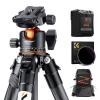



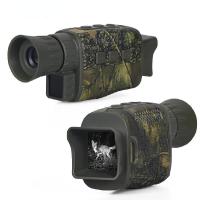
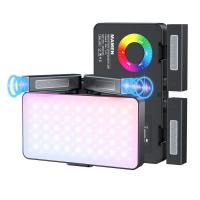
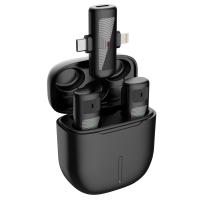
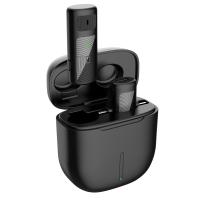
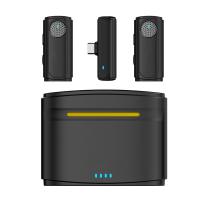

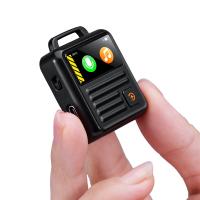
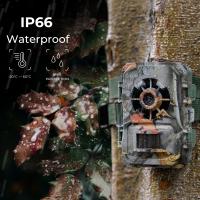

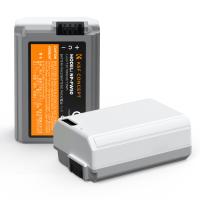
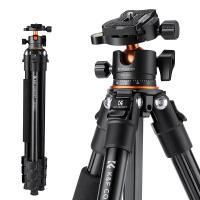






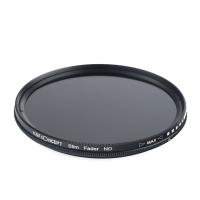

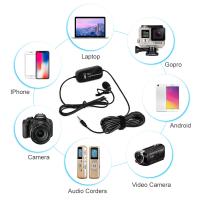



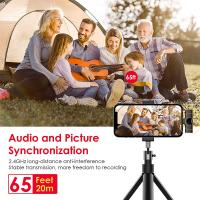
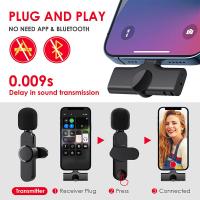
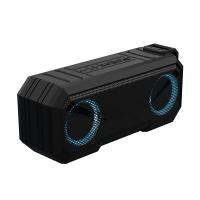
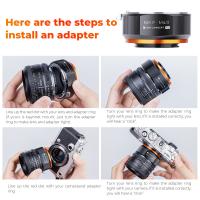



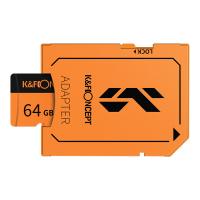

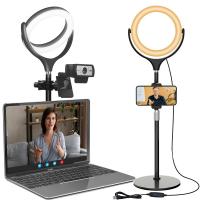
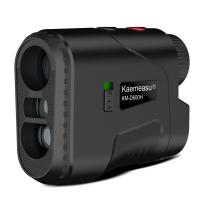
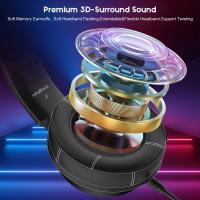

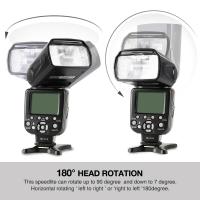
There are no comments for this blog.